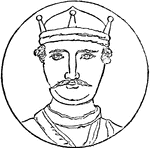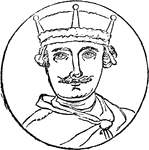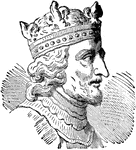
Stephen I of Hungary
Saint Stephen I was Grand Prince of the Magyars (997-1001) and the first King of Hungary (1001-1038).…
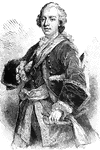
Charles Edward Stuart
(1720-1788) Charles Edward was the exiled claimant to the thrones of England, Scotland, and Ireland…
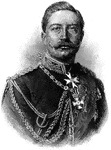
German Emperor Wilhelm II
Wilhelm II (27 January 1859 – 4 June 1941) was the last German Emperor and King of Prussia (German:…

William I
The king of Prussia and emperor of Germany, born in Berlin, March 22, 1797; died March 9, 1888.
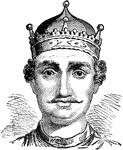
William I of England
William I of England (1027 – 9 September 1087), better known as William the Conqueror, was Duke…
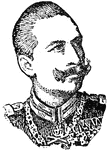
William II
The king of Prussia and emperor of Germany, eldest son of Emperor Frederick III. born in Berlin, Jan.…
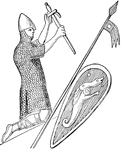
William the Conqueror
"William the Conqueror (1066-1087), as represented on his seal. Although William really ruled 'as king…


